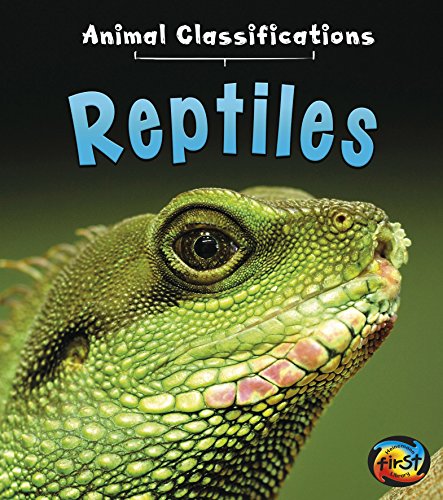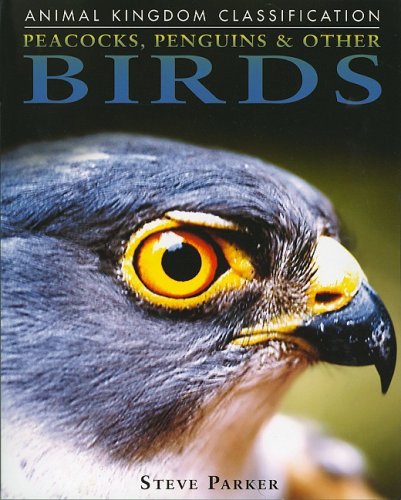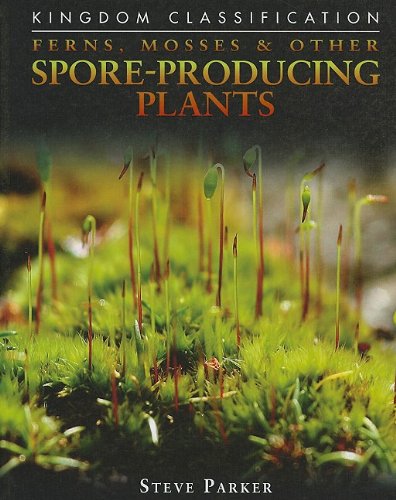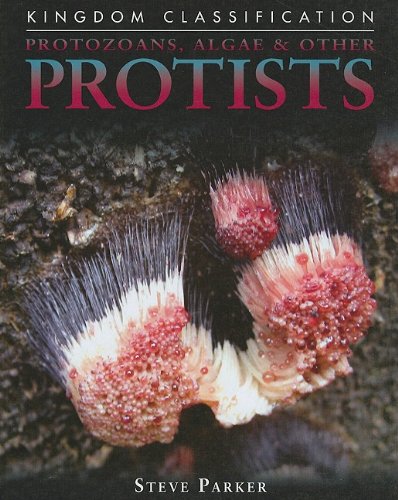-
Centipedes, Millipedes, Scorpions, and Spiders
Daniel Gilpin
Library Binding (Compass Point Books, Sept. 1, 2005)Describes the physical characteristics of arachnids and myriapods, along with their habitats, behaviors, methods of moving around, feeding habits, and life cycles. Various spiders, scorpions, and millipedes are highlighted. Y
Y
-
Tree Frogs, Mud Puppies, and Other Amphibians
Daniel Gilpin
Library Binding (Compass Point Books, Sept. 1, 2005)Describes the physical characteristics of amphibians, along with their habitats, behaviors, methods of moving around, feeding habits, and life cycles. Various species are highlighted. Z
Z
-
Amphibians
Angela Royston
Paperback (Heinemann, Jan. 1, 2015)This book is all about amphibians: what they do, how they behave, and how these characteristics are different from other groups of animals. Beautifully illustrated with colorful photographs, the book shows many examples of different types of amphibians in their natural environment. N
N
-
Peacocks, Penguins, and Other Birds
Steve Parker
Library Binding (Compass Point Books, Sept. 1, 2005)Describes the physical characteristics, behavior, and habits of birds, one of the most common groups of animals. Z
Z
-
Amphibians
Erica Donner
Paperback (Bullfrog Books, Jan. 1, 2017)In Amphibians, early readers learn about the defining characteristics of this animal group. Vibrant, full-color photos and carefully leveled text will engage early readers as they discover what features set these animals apart. G
G
-
Reptiles
Angela Royston
Paperback (Heinemann, Jan. 1, 2015)This fascinating series takes a very simple look at animal classifications, with each book focussing on a different group of animal. This book is about reptiles: what they do, how they behave, and how these characteristics are different from other groups of animals. Beautifully illustrated with colorful photographs, the book shows many examples of different types of reptiles in their natural environment. N
N
-
Birds
Angela Royston
Paperback (Heinemann, Jan. 1, 2015)This book is all about birds: what they do, how they behave, and how these characteristics are different from other groups of animals. Beautifully illustrated with colorful photographs, the book shows many examples of different types of birds in their natural environment. N
N
-
Fish
Angela Royston
Paperback (Heinemann, Jan. 1, 2015)This book is about all fish: what they do, how they behave, and how these characteristics are different from other groups of animals. Beautifully illustrated with colorful photographs, the book shows many examples of different types of fish in their natural environment. N
N
-
Peacocks, Penguins, and Other Birds
Steve Parker
Paperback (Compass Point Books, Sept. 1, 2005)Describes the physical characteristics, behavior, and habits of birds, one of the most common groups of animals. Z
Z
-
Ferns, Mosses & Other Spore-Producing Plants
Steve Parker
Library Binding (Compass Point Books, July 1, 2009)This book introduces you to a fascinating group of plants, from hornworts to tree ferns. It examines how these plants get energy and reproduce, as well as how they evolved from prehistoric plants. It also looks at how people use spore producing plants for food, decoration, and even medicine. Did You Know? &&/UL&& Some ferns are as tall as trees, reaching 80 feet (24 meters). There are about 10,000 species of mosses. One species of moss is used as stuffing for beds and pillows. Y
Y
-
Protozoans, Algae & Other Protists
Steve Parker
Library Binding (Compass Point Books, July 1, 2009)This book introduces you to creatures from the protist kingdom, from microscopic protozoans to seaweedlike algae. It examines the parts, life cycle, and reproduction of various types of protists. It also looks at the harmful effects some protists have on humans. Did You Know? The deadly disease malaria is caused in part by the protist Plasmodium. The fossils of one type of protist, the red algae, date back more than 500 million years. Paramecium, a well known protist, uses hairlike cilia to sweep food into its mouth. Z
Z
